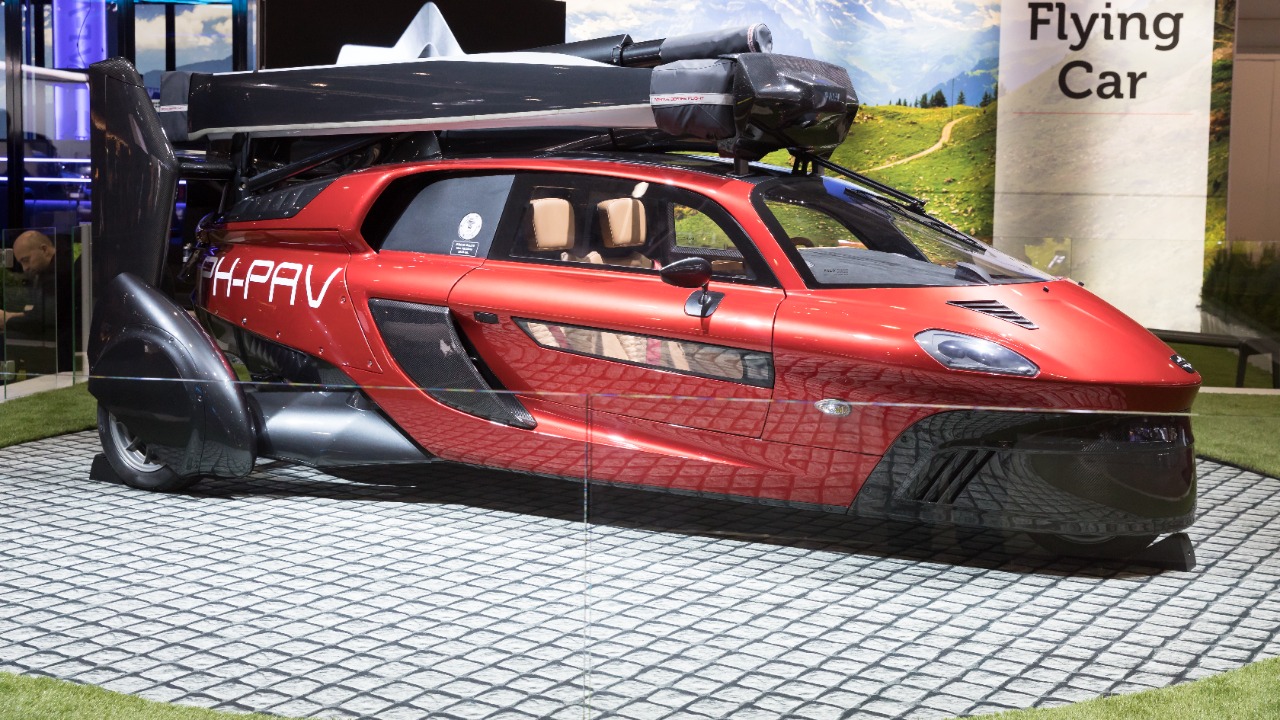
By 2030, the world might witness a new era in urban mobility with the introduction of flying cars. These innovative vehicles promise to revolutionize transportation, making it faster and more efficient. Below, I explore five flying cars that are expected to become a common sight in the skies by the end of the decade.
AeroMobil 5.0 VTOL
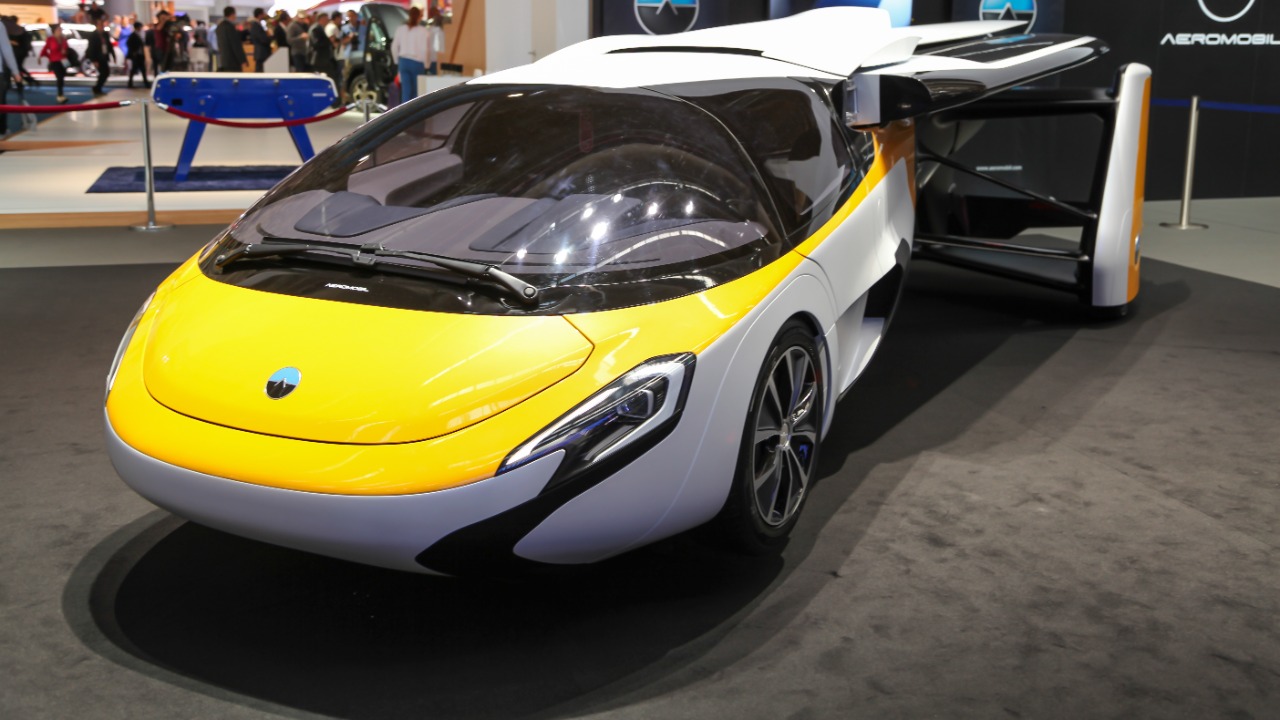
The AeroMobil 5.0 VTOL is designed to be a fully electric flying car with vertical take-off and landing capabilities. It aims to provide a seamless transition between driving and flying, catering to urban commuters. With its sleek design and advanced technology, AeroMobil is positioning itself as a leader in the flying car market. The company envisions a future where personal air travel is as commonplace as traditional driving.
This vehicle promises to reduce travel time significantly, especially in congested urban areas. As cities evolve, with initiatives like Agenda 2030 in Cancun, innovations like the AeroMobil 5.0 VTOL could play a crucial role in transforming urban transportation.
Terrafugia Transition
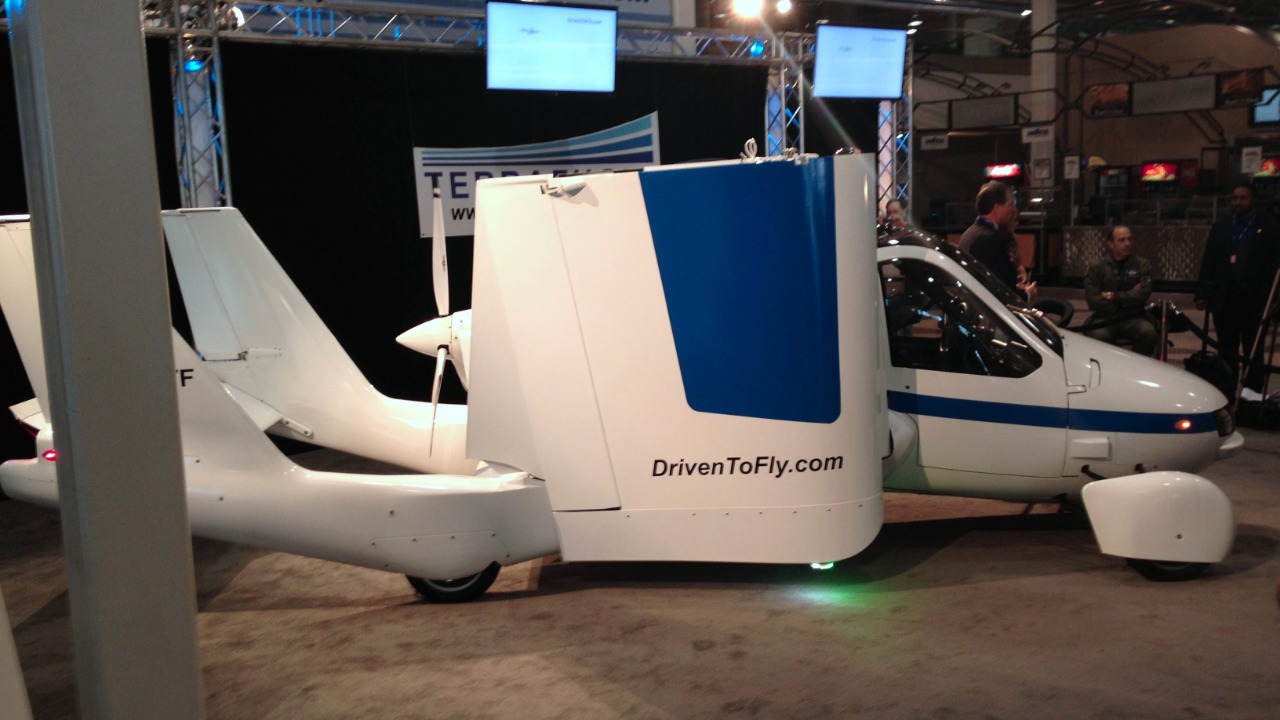
The Terrafugia Transition is a pioneering effort in the flying car domain, offering a practical solution for those looking to shift between road and air travel seamlessly. This vehicle stands out with its foldable wings and ability to switch modes in under a minute. It’s designed for short flights and is equipped with hybrid-electric engines to optimize efficiency and reduce emissions.
Terrafugia envisions the Transition as a vehicle that can enhance personal freedom and mobility. With a growing interest in flying cars in Asia, the Transition could be a key player in expanding urban air mobility worldwide.
PAL-V Liberty
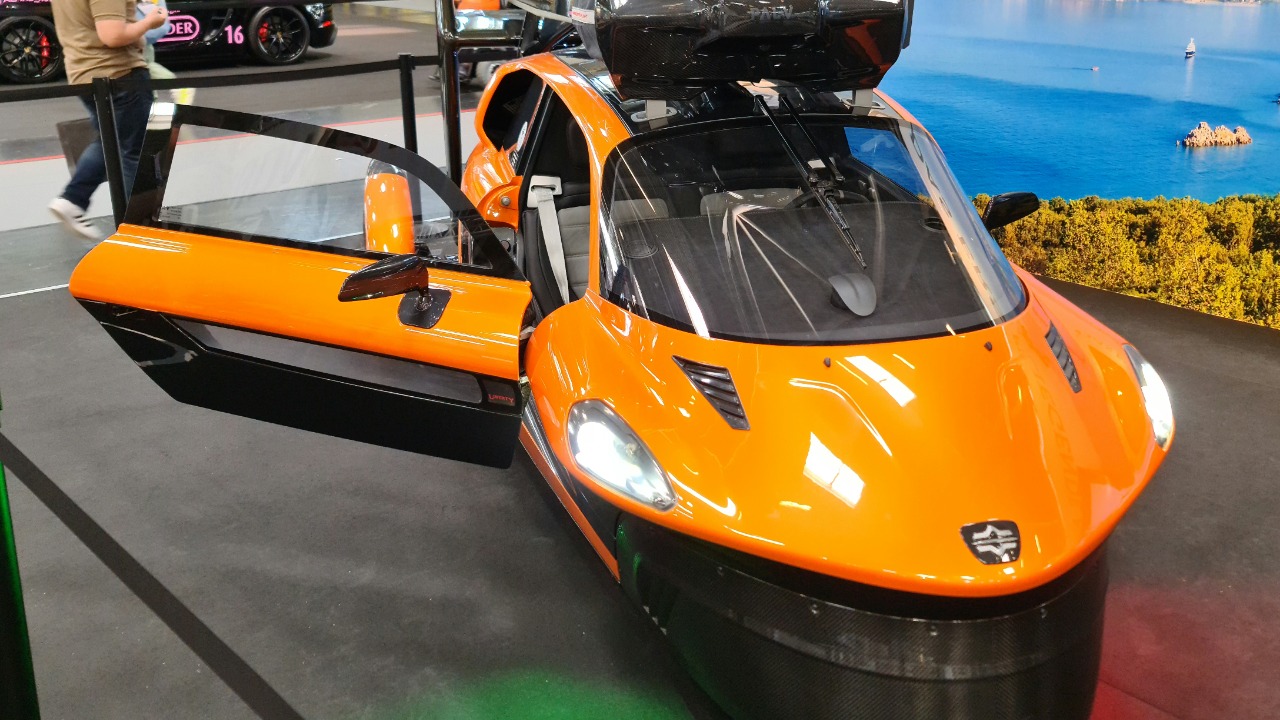
The PAL-V Liberty stands out as the world’s first commercially available flying car. This vehicle combines the best of both worlds: the agility of a car and the freedom of a gyrocopter. It’s designed to operate both on roads and in the air, ensuring flexibility for its users. PAL-V Liberty is equipped with dual engines, providing safety and reliability.
With a focus on regulatory compliance, the PAL-V Liberty is paving the way for a new era in personal transportation. As urban landscapes evolve by 2050, vehicles like the Liberty are set to redefine how we perceive travel and mobility.
Urban Aeronautics CityHawk

Urban Aeronautics’ CityHawk is a unique take on flying cars, prioritizing space efficiency and zero emissions. This vehicle operates using ducted fan technology, which promises a quieter and more compact design. The CityHawk is designed for urban environments, making it ideal for city dwellers looking to bypass traffic congestion.
With a focus on sustainability, the CityHawk is poised to become a key player in the transition to eco-friendly urban mobility. As air travel continues to evolve, as discussed in predictions for 2030, the CityHawk represents a forward-thinking solution for environmentally conscious travelers.
Klein Vision AirCar
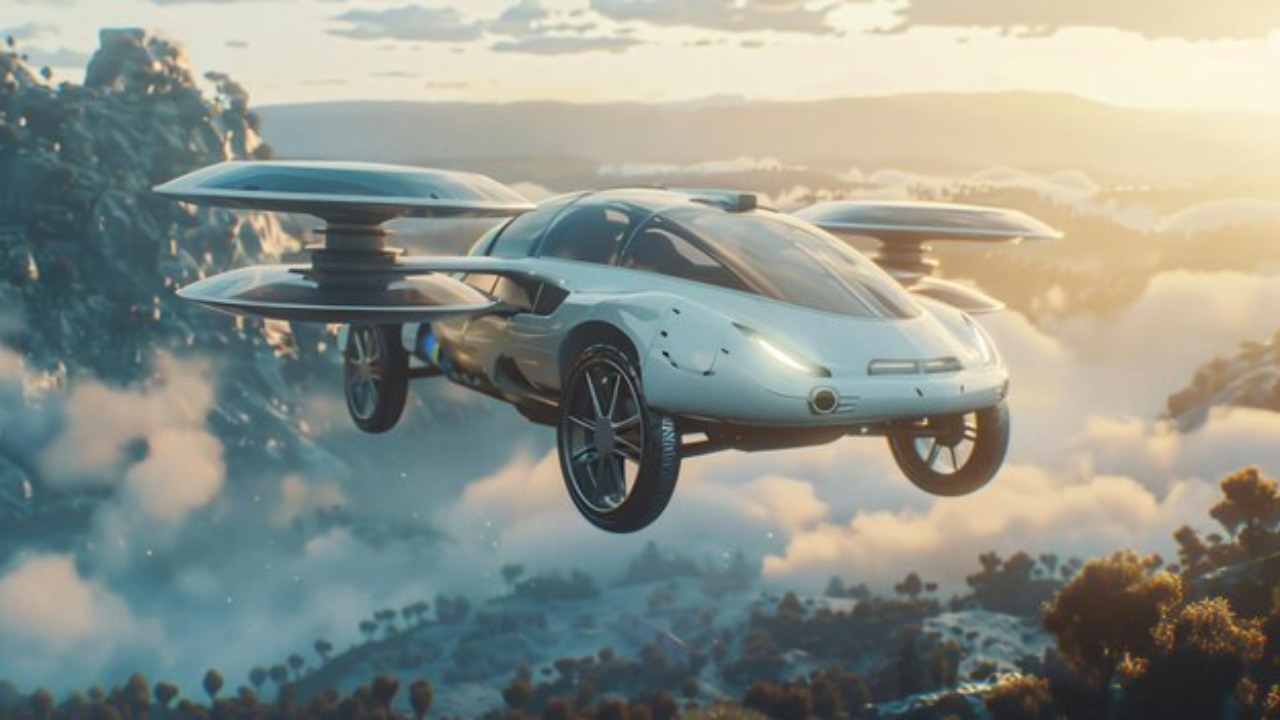
The Klein Vision AirCar is a remarkable example of engineering innovation, offering a sleek design that seamlessly integrates flying and driving capabilities. With its ability to transform from car to aircraft in under three minutes, the AirCar is designed for those seeking convenience and efficiency in their travels. It’s powered by a robust engine that ensures smooth transitions between modes.
As the global interest in flying cars grows, vehicles like the AirCar are set to become an integral part of future transportation systems. Research published in Nature Communications highlights the potential of such technologies to significantly impact urban mobility.